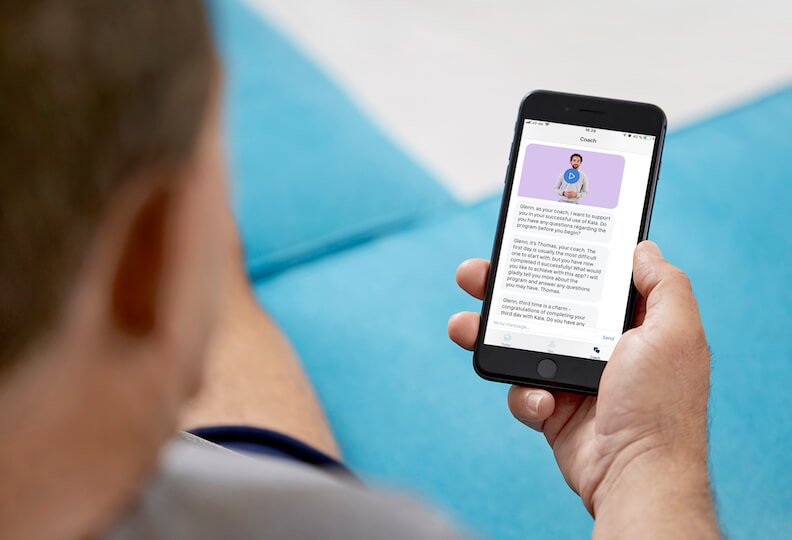
Six Steps to Prep Your Employees for Return to Work
As the COVID-19 crisis subsides, the world is moving away from uncertainty and toward action, optimism and re-opening.
4 min read

Further Reading
-
 As you plan for next year, focus on baseline opportunities today that can pay dividends later.2 min read
As you plan for next year, focus on baseline opportunities today that can pay dividends later.2 min read -

Live Coaching: A Look at the Human Side of Digital Health Programs
How a human touch can benefit your population.3 min read -

The Tipping Point for Digital Therapeutics is Here
The DTx adoption tipping point is closer than payers and the broader healthcare industry may realize. In the wake of the COVID-19 crisis, the pace of digital health transformation is accelerating on a massive scale.4 min read